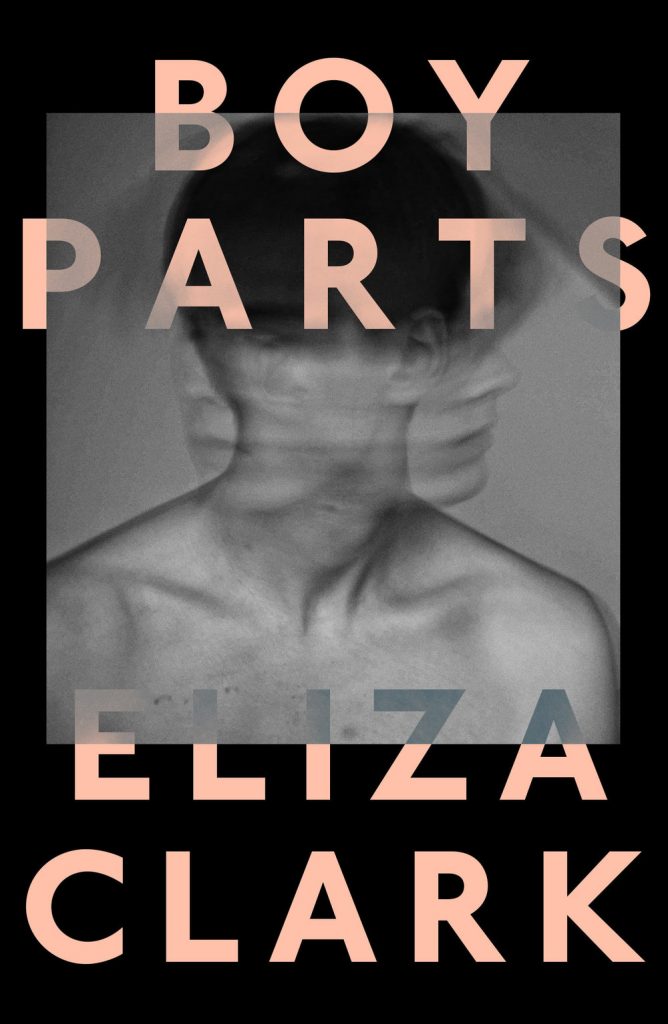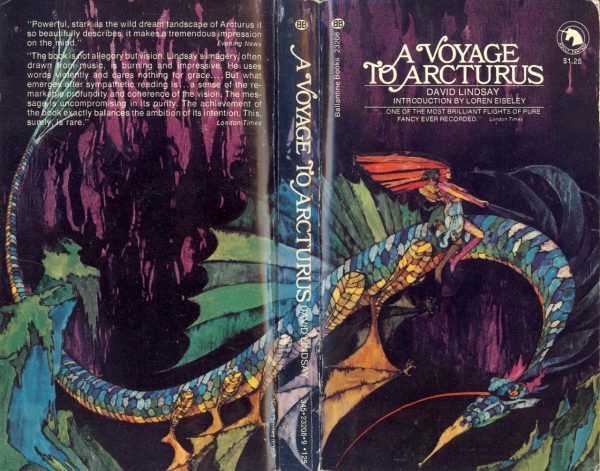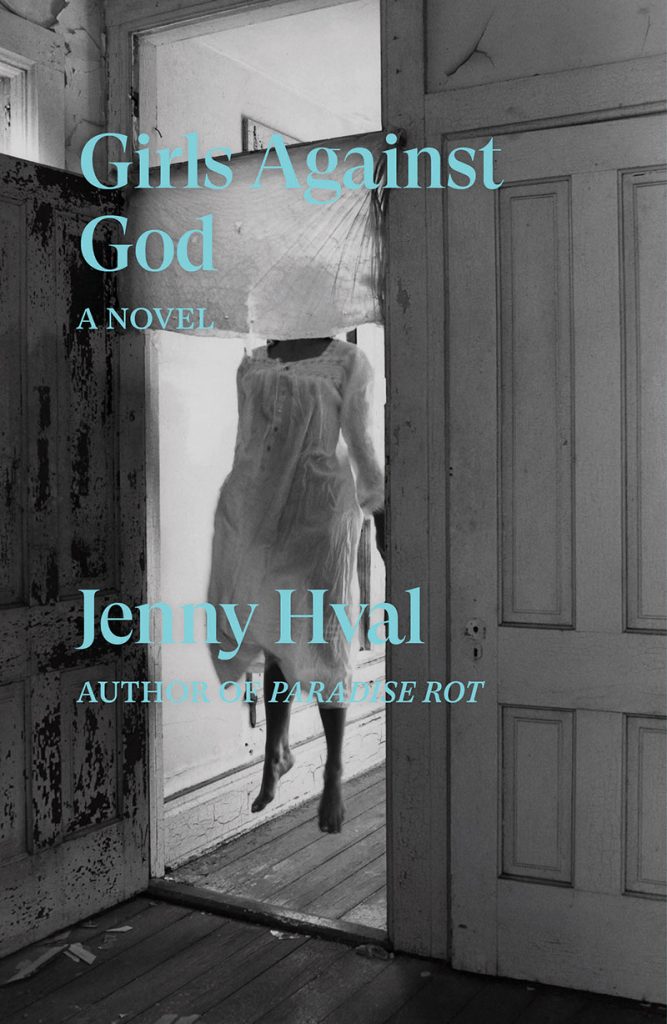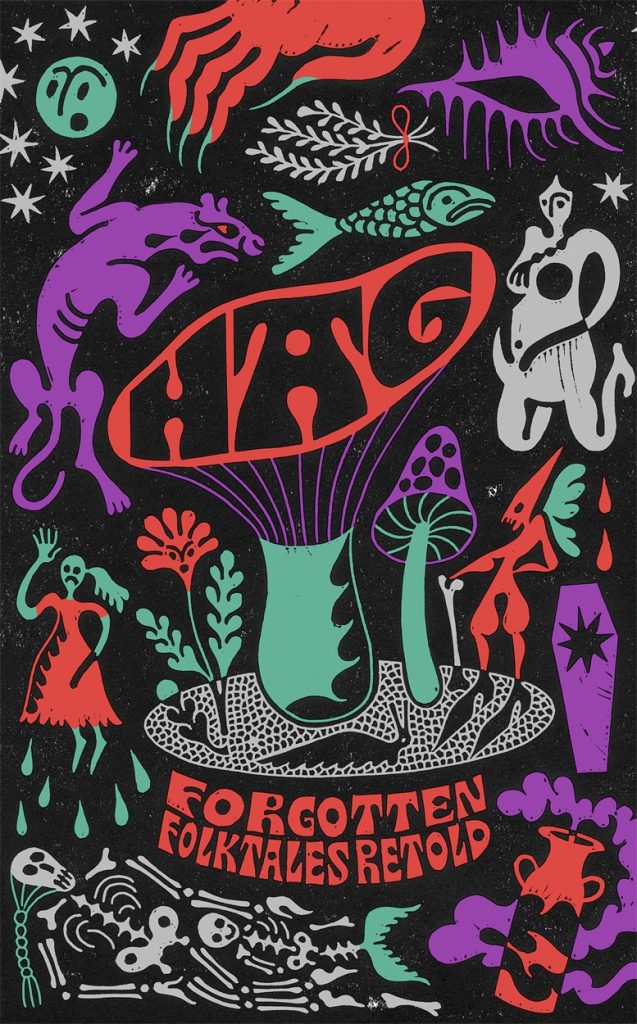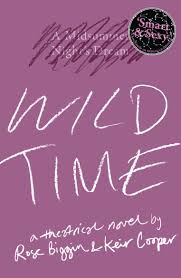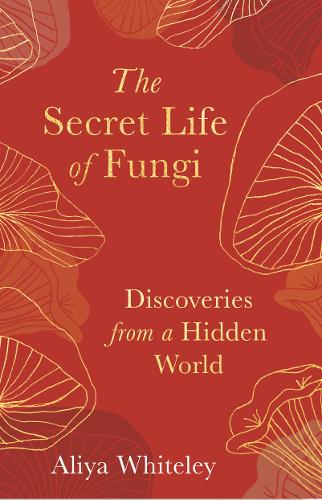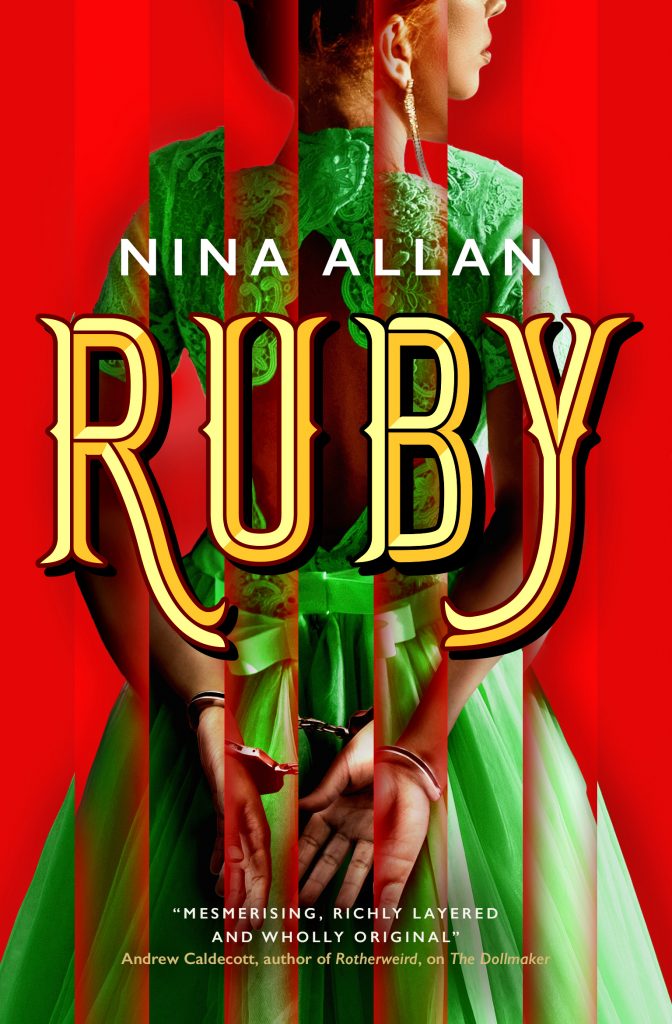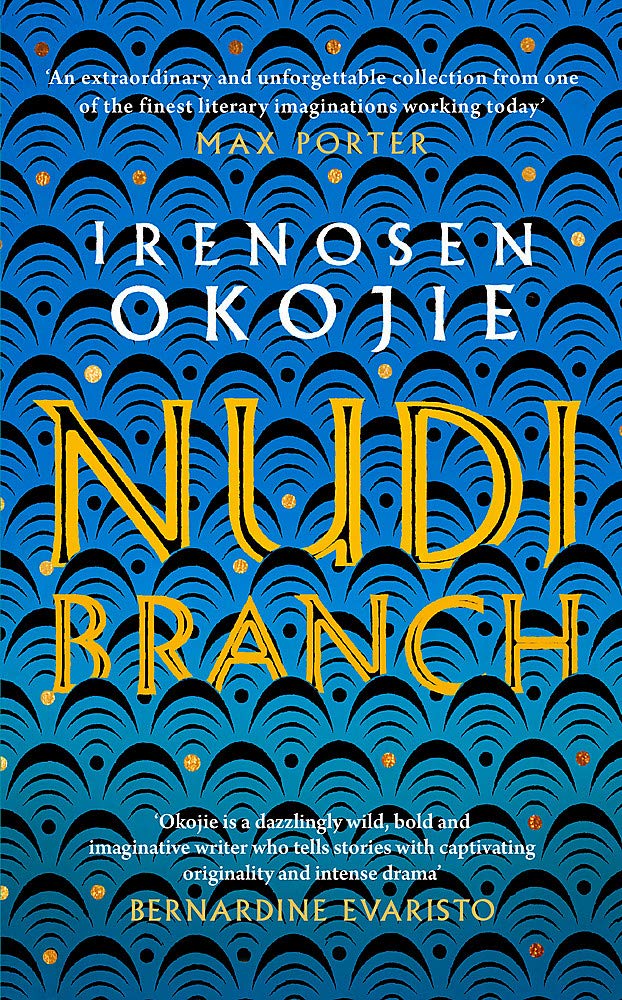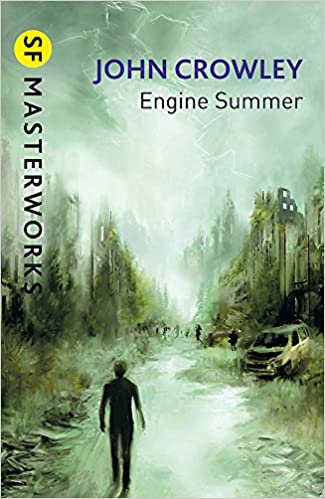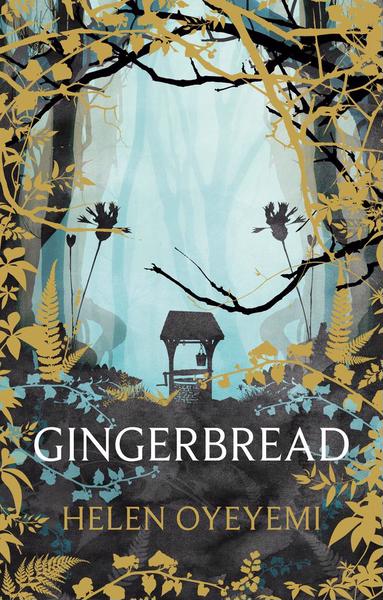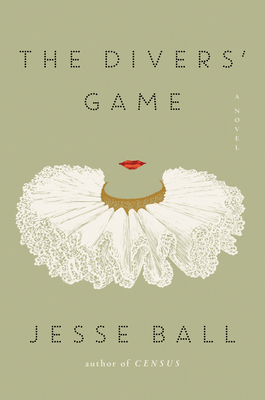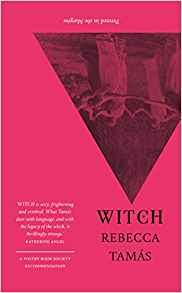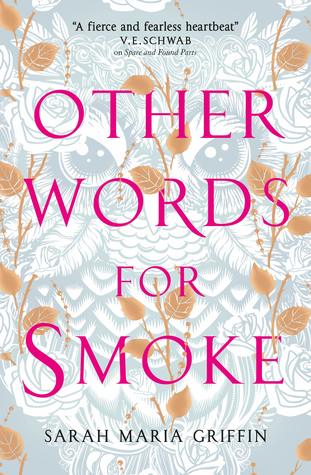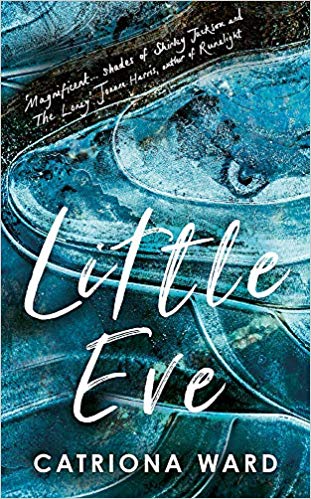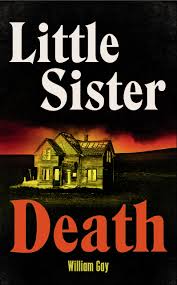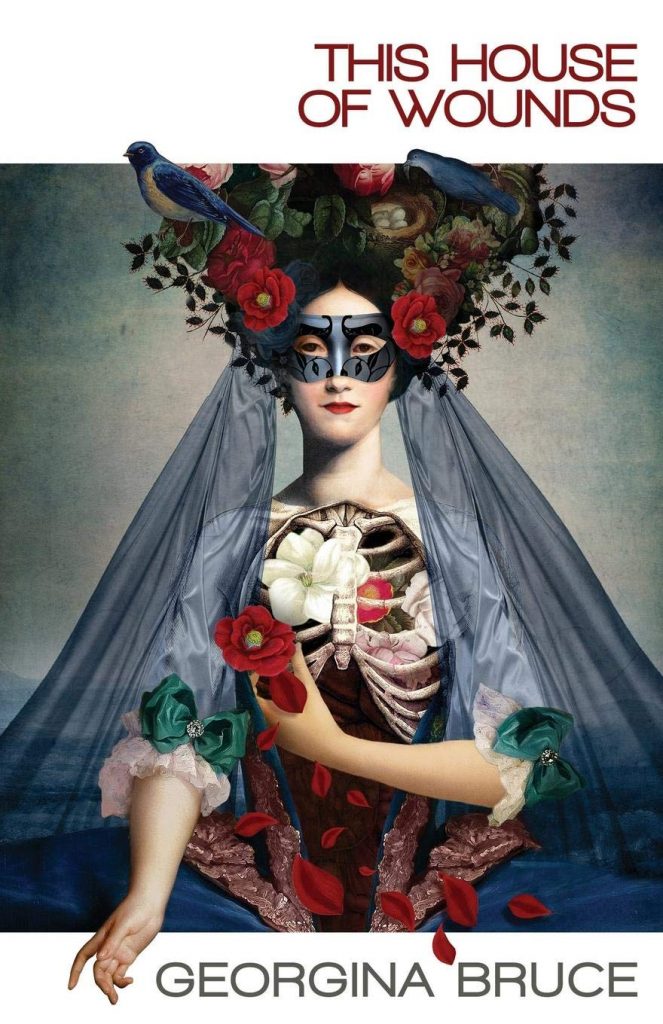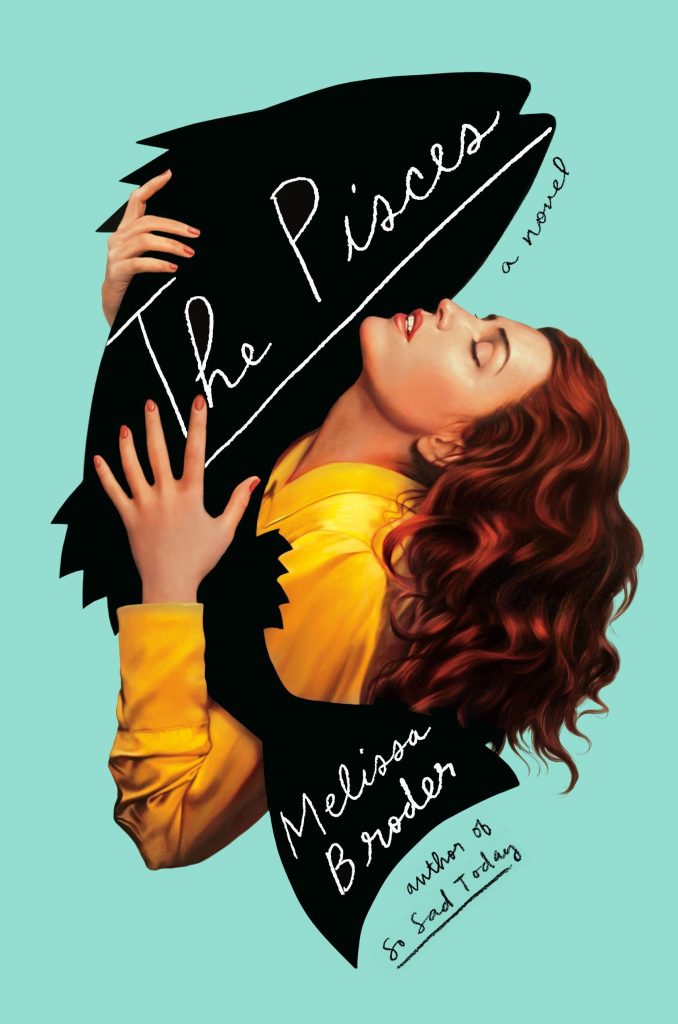She was thirsty and hungry. Her skin was cold. She shivered a little. There was an aching in both knees, as if her body had retained the memory of covering miles and miles. She peeked through the gaps in the carriage: more lightly frosted pathways, the silhouettes of dark candlesticks in the windows of large houses, pale people with strange formal clothing that seemed to restrict their movements somewhat, particularly the women. Her eyes swam. She thought back to waking after seeing a man’s hands reaching for a large wooden chest, folding her naked limbs into it, tossing it in choppy white waters, the chest tumbling inside the sea while she screamed. And the sea’s creatures floated above the coppery lock and chain, bright and bewildered, as if something had been lost in translation.
This is a passage from ‘Zinzi from Boketto’, the penultimate story in Irenosen Okojie’s most recent collection Nudibranch (2019) and possibly the best carnival story I have ever read. This section in particular reminded me of Sergei Loznitsa’s 2018 movie A Gentle Creature – the night journey sequence of course, but more generally Loznitsa’s sparing but potent use of speculative elements, which positions his film right on the boundary between the speculative and the mimetic, a kind of dream-reality, or nightmare reality – because it is at this juncture also that Nudibranch seems to be sited.
This book. As with Fernanda Melchor’s Hurricane Season earlier in the year, my relationship with Nudibranch did not begin smoothly. I was finding it difficult to gain traction with it, kept getting the sense that everything was too disjointed, words for words’ sake, that the stories were deliberately eluding me, slipping away down the cracks in the pavement.
Okojie’s use of language was so good I knew this was my fault, not hers, that I was doing Nudibranch a disservice by reading snatches of it late at night when I was too tired to focus properly on what the writer was doing. I began again, making sure to read at least one story in full at each sitting, and bringing the approach that always works for me when I’m finding a text difficult to get to grips with: I started by reading the stories as if they were poems, relaxing my demand for ‘meaning’ in favour of a more instinctive response to the language in and of itself.
It was like a door opening. Less than halfway through the book I realised I was utterly gripped by Okojie’s vision, and by the time I finished Nudibranch, I knew it to be a book I would always want with me, a desert island book that contains so much in terms of both style and content you could keep reading it once a year for the next decade and never get tired of it. Like you could with Bruno Schulz, or Julio Cortazar.
As with both those authors’ works, the incredible thing about Nudibranch is that it combines powerful and intensely moving human drama with stylistic and linguistic experiment of a masterful order. This combination of narrative power with formal innovation is what writing is for me, basically, the aim, the goal, the ambition. And to see that ambition so successfully achieved in Nudibranch did actually move me to tears. I am so glad I read it, so glad it exists.
As speculative fiction, Nudibranch is important because it not only shows what is possible in terms of pushing the genre envelope but also because it reveals the inherent porousness of everyday life, the frequency and power of our daily interactions with the weird, their propensity to be transformative.
The Abbey was a carcass of its former self, its high walls reduced to mere remains. The sound of cars on the roads around it was jarring, alien. Mouth dry, barefoot, he stood slowly, noting the curfew tower in the distance. Exits at either end of the gutted green gladiator-like pit beckoned. He decided to take the exit in front rather than the one behind him. He crossed some stone steps before landing in the graveyard. St Margaret’s Church stood to his right behind the tower a short walk away, bearing a flimsy white banner that said Cafe Open. People passed him, throwing curious looks. Their clothing appeared odd and unfamiliar. He ran his hands over a few gravestones. The rough stone was cold to the touch. {‘Filamo’)
Literary and cultural allusions bloom magically in the midst of the text, bright and familiar flowers amidst a forest of the strange. The power of these stories to tear a hole in societal assumptions, to reveal inequality, to point to commonality – their political activism forms an inalienable part of their richness, their capacity to delight, surprise, terrify and occasionally enrage.
And so Berlin.
I like its slower pace. I like that I could cut a record here incognito and nobody would give a fuck. I could disappear in as much as a black man in Berlin can fly under the radar. I like some of the old memorial architecture, the Turkish areas, the cafes, the bakeries that pop up frequently. Every other person rides a bike. They have content expressions cycling through the city, their corner of a flattened atlas. I watch. It’s a kind of meditation. I search for the scars of breaks just below the surface of skin. I contemplate the dichotomy of how black men really are and how the world expects us to be, how difficult it is to breathe between the tropes that come at you, the roles already written. I think of my own break before Berlin, tectonic plates shifting. {‘Komza Bright Morning’)
For anyone who thinks these stories might be ‘too difficult’ or ‘not quite their thing’, I would urge them to try ‘Grace Jones’, or ‘Cornutopia’, or – possibly my own favourite – ‘Komza Bright Morning’. This story, which forms a beautiful counterpoint with the Kevin Barry story set in Berlin that I read and loved earlier in the year, contains no overtly speculative elements and yet seems to hover, like all the stories in Nudibranch, perpetually on the boundary between the seen and the imagined, the lived and the dreamed.
A talisman of a book, Nudibranch leaves me simultaneously in awe of and headily inspired by the huge and important talent that is Irenosen Okojie.
I have also been reading Broken Places and Outer Spaces (2019), Nnedi Okorafor’s memoir of the spinal surgery that left her temporarily paralysed, her subsequent recovery and journey to becoming a writer.
As a child, Okorafor was a talented athlete who in spite of suffering from scoliosis competed in tennis tournaments at national junior level. In school, she was drawn towards the sciences, with her passionate interest in insect life pointing towards a future career in entomology. At the age of nineteen, Okorafor underwent an operation intended to correct the curvature of her spine. The surgery did not go as planned however, and soon after coming round from the anaesthetic Okorafor was told she would probably never walk again. The battle to regain her mobility left Okorafor feeling isolated and traumatised, the path of her ambition permanently altered:
On the tennis court, there were days when I could see through time. It happened most times when things got really heated. Something inside me would align. The tennis term for this heightened state of being is ‘treeing.’ It is when you are playing out of your mind, when you can do no wrong, when you can make the universe yield to your every whim. I know it sounds intense, because it is. When I treed, sometimes I could predict the future. Not that far, about one second. I’d know exactly where my opponent was going to hit the ball because I’d see it happen right before it did. It was just enough time to make use of the knowledge.
Even before I began to write science fiction, though I didn’t know it, I was sci-fi.
I was lucky enough to see Nnedi Okorafor interviewed by Tade Thompson at the Harrogate Eastercon in 2018. I was especially delighted to learn of Okorafor’s passion for the world of invertebrates, which chimed so exactly with my own I felt instantly on her wavelength. I found her affinity for language and for speculative ideas equally inspiring.
Most traditional science fiction depicts a white world where I was not able to freely exist. But in the science fiction of what I’ve come to call ‘African futurism’ (which is somewhat similar to Afrofuturism, but is specifically and more directly rooted in African culture, history, mythology and perspective, where the center is non-Western), my characters inhabit worlds in which I can fight, play, invent, run, leap and fly.
Okorafor is without doubt one of the key voices in contemporary science fiction, and I hoped Broken Places and Outer Spaces would give some extra insight into her working methods and her writing life more generally. In the Afterword, Okorafor tells us about the many revisions and substantial cuts the book has been through since she first started writing it in 1994, just weeks after her botched surgery, and I can’t help wishing she had been a little less brutal with the carving knife.
Broken Places and Outer Spaces was published as a companion piece to Okorafor’s 2017 TED talk on African futurism, and the book seems deliberately designed to echo the approachable, inspirational nature of these popular short lectures. In her TED talk, Okorafor states that ‘science fiction is one of the greatest and most effective forms of political writing’, and she has certainly proved the truth of this in her novels and stories. Her power of expression and originality of approach to science fiction makes spending time in her real world all the more rewarding, and the book would have benefited from more background detail, more insights into her family, more specific commentary on her own work. I would have liked Broken Places to show more of the expressionism and imaginative daring that is so present in her fiction. As it stands, it feels too much like the TED talk it has been paired with, and I can only hope that Okorafor will revisit the memoir form eventually, at greater length and depth.
I was fascinated to read Octavia Butler’s story Bloodchild (1984), winner of both the Nebula and the Hugo for best novelette. Butler writes in a bracingly clear, muscular style that carries the reader effortlessly along, and for me this story had the feel of the kind of 70s and early-80s science fiction that first drew me into the genre. I was reminded in particular of a story by Kristine Katheryn Rusch about a young alien female living secretly among humans (I can’t for the life of me remember the title!) which shared similar themes of co-operation and accommodation between aliens and the human colonists who first arrive on their planet.
Butler has said that Bloodchild is not about slavery. I don’t entirely buy that – my gut reaction to the queasily unequal relationship between the Tlic and their human hosts, the service the human hosts are forced to perform directly as a result of that inequality makes it difficult for me to interpret the ‘symbiosis’ between human and Tlic as a fair exchange, and to describe it as a love story – as Butler specifically does – is going waaay too far for me. But I greatly enjoyed Butler’s afterword to the story, in which she talks candidly about her own feelings concerning Bloodchild’s themes and motivations, describing how the story was written partly as an antidote to her horror of botflies and their parasitic life cycle. ‘When I have to deal with something that disturbs me as much as the botfly did, I write about it. I sort out my problems by writing about them,’ Butler says. going on to give a fascinating account of her response to the Kennedy assassination. I love these kinds of insights into a writer’s world and work, and this encounter with Butler left me eager to get to Parable of the Sower sooner rather than later.
To wind up the week, I also had the pleasure of reading Vajra Chandrasekera’s most recent story ‘The Translator at Low Tide‘, published in the May edition of Clarkesworld:
Eesha is a little younger than me, I think, but her hair is still gray. Her library is just one medium-sized room with a few thousand books piled up. I browse through them every week and have grown familiar with these stacks that don’t change. They are like acquaintances I nod to. I’m comfortable with them. They make no demands on me that I can’t answer, but more than that, I know there is no crisis that could make them turn on me, cut me out, leave me to die. You can’t say that about people anymore. There is always some threshold, some hard limit to friendship, to solidarity, even to kinship.
This story reads less like science fiction and more like someone’s real-life journal entries from the year 2060. I’ve never read a story by Chandrasekera I didn’t like, and ‘The Translator at Low Tide’ shows how the depth and fluency of his art continues to increase. I find it interesting to consider this story in conjunction with Ballard’s The Drowned World. Some of the images stand close together but the prevailing moods of the two stories make them quite different. What you have in Ballard is a kind of manic laissez-faire, let it all burn. Chandrasekera shows what life might actually be like if it did all burn. I love both stories and I find value in both approaches but at the time of reading Chandrasekera’s story feels harder-edged, offering none of Ballard’s wilful escapism, and is more frightening as a result.
You can read a recent interview with Vajra here. He says he’s working on a novel. I cannot wait.
